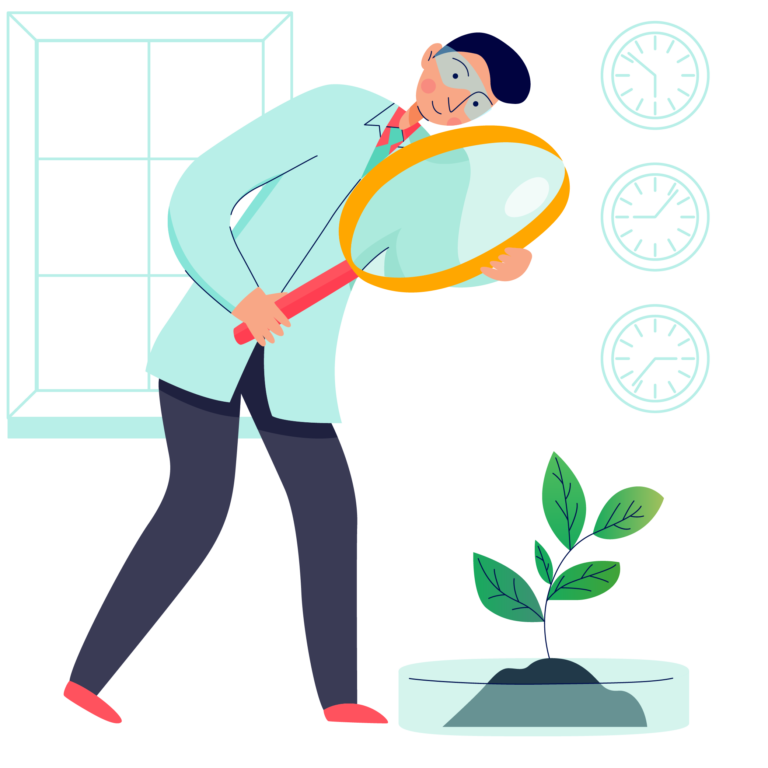In the aftermath of the Covid-19 pandemic, it becomes necessary to rethink the way we understand innovation
Technology has played a major role in making remote work possible during these exceptional times that have forced a large number of workers to work from home or places other than the traditional office. However, the sudden shift to and ever-continuing remote work has shown that many workplaces and companies were unprepared for remote-work practices on such a large scale. Rapid technological development has been crucial in enabling and maintaining work practices, such as teamwork, across various fields. But not all tasks can be adapted to virtual form, at least not yet. The pandemic might force us to rethink how to conduct experiments or how innovation infrastructure might change in the future. More needs to be done in order to support large-scale and more complex work tasks to be done remotely when necessary.

Implications of the coronavirus (COVID-19) outbreak for innovation
Brem et al. (2021) raise interesting observations of how the coronavirus crisis has accelerated the development and adoption of new technologies. Innovation processes that would before the pandemic has been incremental and taken years, have now been completed in only a few months, and shifts in technologies have been achieved in days. Also, time to market has shortened significantly in different industries. The article outlines specific innovations that have provided practical solutions amidst the crisis by helping in responding to health emergencies and in maintaining continuation in various societal and business functions.
As lifesaving and health improving technologies the authors list 3D printing as a central technology in producing face masks and components to respirators, flexible manufacturing systems that have allowed manufacturers to quickly adjust their production lines (e.g. automotive firms have started to manufacture ventilators and spirit manufacturers have adjusted their processes to be suitable for producing sanitizing gels), big data analytics and AI that have been employed to accelerate vaccine development and digital healthcare wearables to detect for example possible corona symptoms.
Several technologies have also been developed and adopted through an accelerating pace for the needs of people who have been confined in their homes during the pandemic. Such technologies include e-learning tools, e-gaming, video conferencing tools, cashless payment, internet streaming as well as e-commerce and home delivery platforms. Developments in these areas have all contributed to the rapid development of the digital infrastructure of societies.
The complete impact of the disruption caused by the coronavirus outbreak to technological development is still unknown. The article however, brings to attention the capacity of organizations and societies to respond to disruptions and accelerate the development and adoption of new technologies for the common good. The interesting question is, how will the capacity for accelerated innovation be capitalized on in the future and what can we learn about innovation by studying these processes.


What might innovating look like in the post-Covid-19 world?
Working from home has forced companies to reorganize their operations in an unprecedented way, including s the way innovation activities are organized. In their article ”What has changed? The impact of Covid pandemic on the technology and innovation management research agenda.”, published in the Journal of Management Studies, Gerard George, Karim R. Lakhani, and Phanish Puranam discuss the implications of this change to research on innovation. This discussion piece highlights multiple issues that can be expected to have heightened importance in the post-Covid world, but about which we still know very little. In this summary, three particularly interesting themes from the paper are brought to the fore.
The first theme relates to how innovation work will be coordinated. The authors expect that in the future, asynchronous coordination practices based on the observability of work outcomes will become more prevalent. Such logic is already utilized in software development and specific tools exist to support this (for example code repositories like Git). Further, with the help of digitalization, evaluating employees based on outcomes becomes easier. However, this can create its own problems.
The second theme concerns creativity. The authors note that face-to-face interaction is seen as an important component in creativity, but what is actually affected if that is taken away? Will it make us less susceptible to groupthink and only collaborating with those who are physically close to us? And from the challenge side, how do you onboard new members to development teams or prototype virtually? These are but a few questions to which we have little answers at the moment.
The third theme concerns the physical infrastructures of innovation work. The authors point out that many areas of scientific development are dependent on equipment, labs, etc., the virtualization of which is not possible at the moment. The pandemic might force us to rethink how to conduct experiments or how innovation infrastructure might change in the future. However, these issues, combined with the potential changes regarding the rising importance of certain domains of science at the expense of others might have considerable implications for the future of science.


Literature: George, G., Lakhani, K. R., & Puranam, P. (2020). What has changed? The impact of Covid pandemic on the technology and innovation management research agenda. Journal of Management Studies, 57(8), 1754–1758.
Forced remote work changed action potentials for teams
The enablers of knowledge work changed when people were forced to work from home during the COVID-19 pandemic – but the tasks and goals of teams remained the same.
The quality and nature of team collaboration changed due to forced remote work, and so did the action-potentials – i.e., affordances – that get actualized during work: workplace environmental affordances were replaced with technological affordances and the home affordances add their own flavor to work of the teams that are enforced to remote work (Waizenegger, McKenna, Cai & Bendz 2020, 437).
The change in possibilities of ad-hoc conversations and communicating via video calls made the possibility to online discussions more important than before the lockdown. Waizenegger and colleagues (2020, 434) write how the technological affordances, which were actualized during knowledge work, changed in the newly remote teams. They interviewed 29 knowledge-workers for their study. The affordance lens enabled them to examine the functionalities of technology as well as the change in communication patterns during the lockdown. Virtual meetings seem to be a double-edged sword. For example, there has been better allocating of tasks from team leaders due that people cannot just come and ask if they do not understand. It is in everyone’s interest to get a common understanding during a video meeting that is scheduled for certain purposes. As downsides, for ex., less conduciveness to communications and scheduling difficulties were mentioned. (Waizenegger et al. 2020, 434-437)
The environment at home affords different possibilities than the workplace. This shift has both positive and negative effects on issues such as health and productivity. A new pattern of communication has evolved during the COVID-19 pandemic: the frequency length and style of communicating are different, and they require new functional and social action potentials from technology to teams continue their knowledge work. Social gatherings are not anymore afforded by the physical spaces of the workplace but technological tools. The virtual gatherings enable remote workers to better integrate than before when on-site teams had social gatherings face-to-face.
The observations of pre-COVID-19 literature that discusses the benefits and downsides of working from home are different from those that Waizenegger et al. (2020, 436–438) make: isolation challenges have changed to integrating remote workers into teams while reducing distractions by working from home. At the same time, for many who do not live alone, working from home has now changed to continuous distractions.


Literature: Waizenegger L., McKenna B., Cai W. & Bendz T. (2020) An affordance perspective of team collaboration and enforced working from home during COVID-19. European Journal of Information Systems, 29:4, 429–442.
